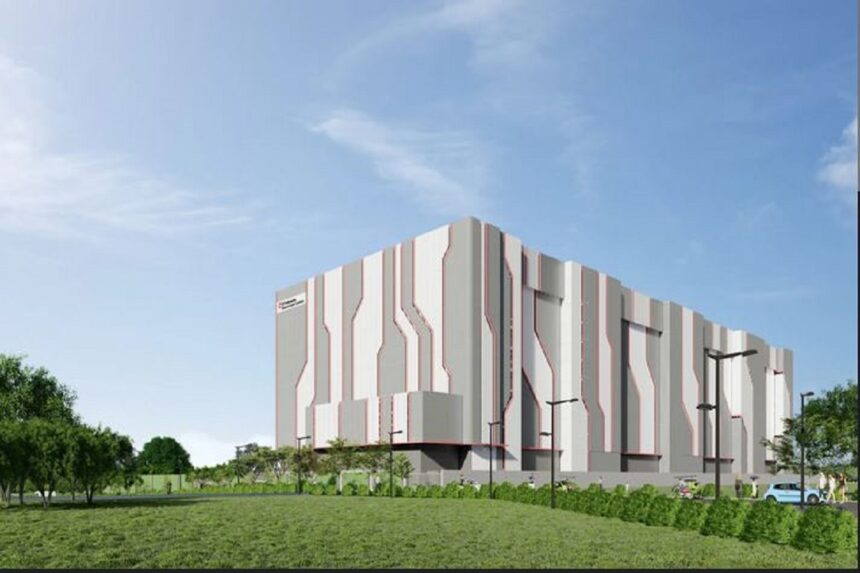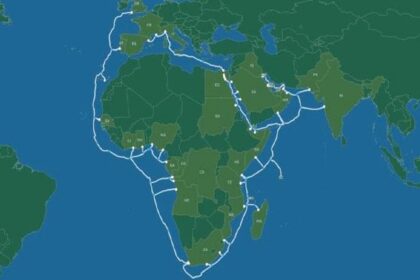As artificial intelligence (AI) becomes an integral part of daily business operations, the data center industry is poised for substantial growth in 2025. The Philippines, despite its current standing in the Southeast Asian market, shows promising potential, bolstered by international expertise and increasing local demand, according to Leechiu Property Consultants.
Growing Investor Confidence in the Philippine Data Center Market
Leechiu’s research and consultancy director, Roy Golez, revealed during a recent media briefing that investor confidence in the Philippine data center sector continues to rise. Although the country ranks lowest in the Southeast Asian data center market with just 1.81 watts per capita, it boasts a significant development pipeline of 1,364 megawatts (MW).
Meeting AI-Driven Data Demands
Golez emphasized the correlation between the surge in AI adoption and the demand for data storage facilities.
“As we move toward AI, there is really a huge need to house the information and data that we will be needing,” Golez stated. “There’s AI training, a lot of AI requirements for major companies, and the Philippines is really well-positioned toward actually having substantial demand.”
AI applications, particularly in training and data processing, require robust infrastructure. A Jobstreet study found that nearly half of Filipino professionals already use generative AI tools monthly, surpassing the global average. However, only 22% of organizations in the country are adequately equipped to utilize AI, according to Cisco Philippines.
Current Data Center Capacity in the Philippines
Industry Leaders and Capacity Distribution
Leechiu’s year-end report highlights the current state of the Philippine data center industry:
- ePLDT leads with 122 MW capacity.
- Globe follows with 35.2 MW.
- Other providers collectively contribute 25 MW.
The National Capital Region (NCR) remains the focal point for data center operations, hosting 11 facilities. Cebu province has three data centers, while Davao, Cavite, and Laguna each host two facilities.
Projected Growth in 2025
By next year, an additional 161 MW in capacity is expected to come online, driven by increased demand for AI and digital transformation across industries. Golez also noted that countries like South Korea, Japan, and Australia are likely to support the Philippines in building its data center ecosystem and expanding its AI capabilities.
Overcoming Challenges in Site Selection
Disaster-Prone Geography
The Philippines’ geographical location presents unique challenges in site selection for data centers. Golez explained that facilities must be constructed away from fault lines and flood-prone areas to safeguard critical information.
“Site selection in the Philippines is very rigid because it’s a disaster-prone country,” Golez stated. This meticulous approach ensures the resilience and reliability of these essential infrastructures.
Energy and Telecom Synergies
Power and telecommunications companies are well-positioned to spearhead data center development. These firms have the necessary resources to address energy demands and expand network coverage through their own facilities.
Huge Potential for Growth
Despite starting from a lower base, the Philippine data center industry has immense potential for expansion. Golez noted that the demand surge isn’t limited to AI; companies across all sectors are increasingly reliant on server infrastructure for their operations.
FAQ Section
1. Why is AI driving data center growth?
AI applications require significant computational power and storage capacity, necessitating expanded data center infrastructure.
2. What is the current data center capacity in the Philippines?
The Philippines has 182.2 MW of capacity, with major contributions from ePLDT, Globe, and other providers.
3. How does disaster-prone geography affect data center site selection in the Philippines?
Data centers must be located away from fault lines and flood-prone areas to ensure operational security and data safety.
4. What role do power and telecom companies play in data center development?
These companies provide the necessary energy and network infrastructure to support data center operations.
5. What is the future outlook for the Philippine data center industry?
The industry is expected to grow significantly, supported by international collaboration and increased AI adoption.


















